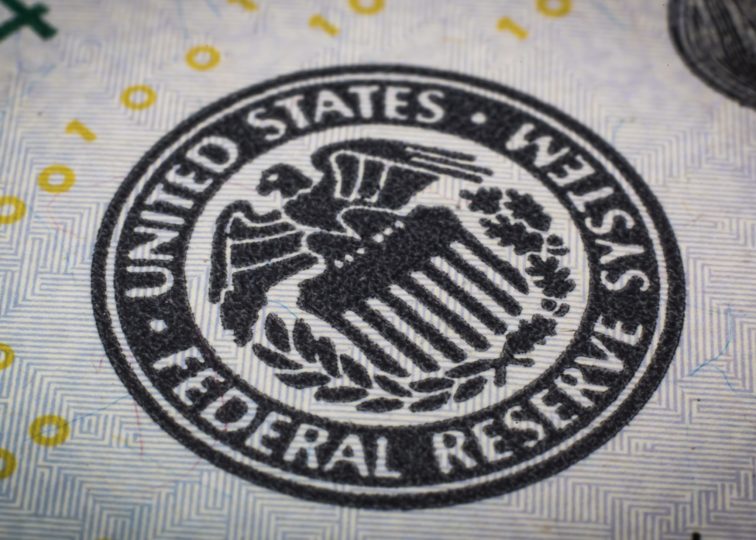
Blog
Will the Latest Jobs Report Change the Fed’s Thinking?
December 3, 2021
Job growth disappointed in November, with the U.S. economy adding just 210,000 jobs last month. This is well below the 573,000 that economists had been anticipating.
At the same time, the unemployment rate fell sharply to 4.2% from 4.6% the month prior, even as the labor participation force rose to 61.8%, its highest level since the pandemic began.
A broader measure of unemployment that includes those who have stopped looking and those in part-time jobs who want full-time positions, dropped to 7.8% in November from 8.3% in October. In late 2019, before the pandemic began, it was 6.8%
It remains to be seen how the job report will influence the Federal Reserve’s actions. Officials have stated that they will keep interest rates near zero until the nation had seen “maximum employment” and until inflation exceeds the Fed’s 2% target.
The Fed’s preferred inflation gauge increased 5% year-over-year in October, so that criteria has been more than met. How the Fed will interpret “maximum employment” in a post-pandemic economy is still unknown. At the September meeting, the Fed forecasted that the unemployment rate during the October-to-December quarter would average between 4.5% and 5.1%. Friday’s report shows joblessness falling below those projections.
In a Congressional hearing earlier in the week, prior to the jobs report being released, Fed Chairman Jerome Powell said he expects the central bank’s policy committee to discuss during their next meeting accelerating the pace at which it is tapering its monthly bond purchases. At the current pace of tapering, the asset purchases would end next June. The Fed has stated it will not raise rates until these asset purchases taper off, and by accelerating the taper, they would be able to raise rates in the first half of next year.
